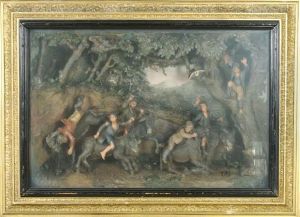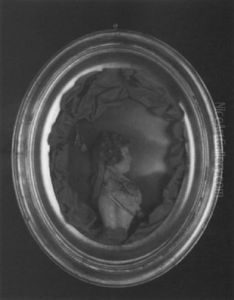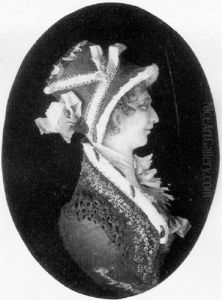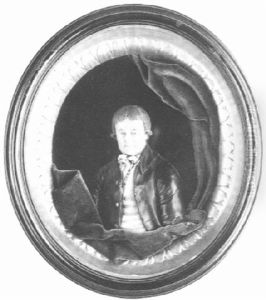Samuel Percy Paintings
Samuel Percy was a distinguished British artist born in 1750, known for his contributions to the art of miniature painting. His life spanned the latter half of the 18th century and the early years of the 19th century, a period that was rich in artistic innovation and the refinement of painting techniques. Percy's work is emblematic of the era's aesthetic values and the growing popularity of personal, portable art forms.
Percy's early life is not extensively documented, but it is known that he was active in London, a vibrant center for the arts during his career. He exhibited a keen interest in the arts from a young age and dedicated himself to mastering the intricacies of miniature painting. This art form, which involves painting extremely detailed and small portraits or scenes, was highly fashionable among the British elite and provided Percy with a platform to showcase his remarkable talent.
Throughout his career, Samuel Percy became renowned for his ability to capture the likeness and personality of his subjects with precise detail and subtle coloration. His miniatures often featured members of the aristocracy and notable figures of his time, serving as cherished personal keepsakes and status symbols. Percy's work was characterized by its elegance and attention to the nuanced expressions of his sitters, which he achieved through meticulous technique and a deep understanding of human anatomy and facial expressions.
Despite his success and the high demand for his miniatures, detailed records of Percy's life, including his training and personal background, remain scarce. However, his contribution to the art of miniature painting has been recognized by art historians and collectors alike. His pieces are considered important examples of late 18th and early 19th-century British portraiture, reflecting the social and cultural dynamics of the period.
Samuel Percy's legacy endures through his art, which continues to be appreciated for its technical excellence and historical value. His miniatures not only provide a window into the aesthetic preferences of his era but also celebrate the skill and dedication of an artist who perfected his craft. Percy passed away in 1820, leaving behind a body of work that remains admired for its beauty and precision.



